How To Use a Blender as a Grain Mill
Are you wanting to grind your own flour, but don’t have a grain mill? No need to worry…you can use a blender! Here are some quick tips on how to use a blender as a grain mill.
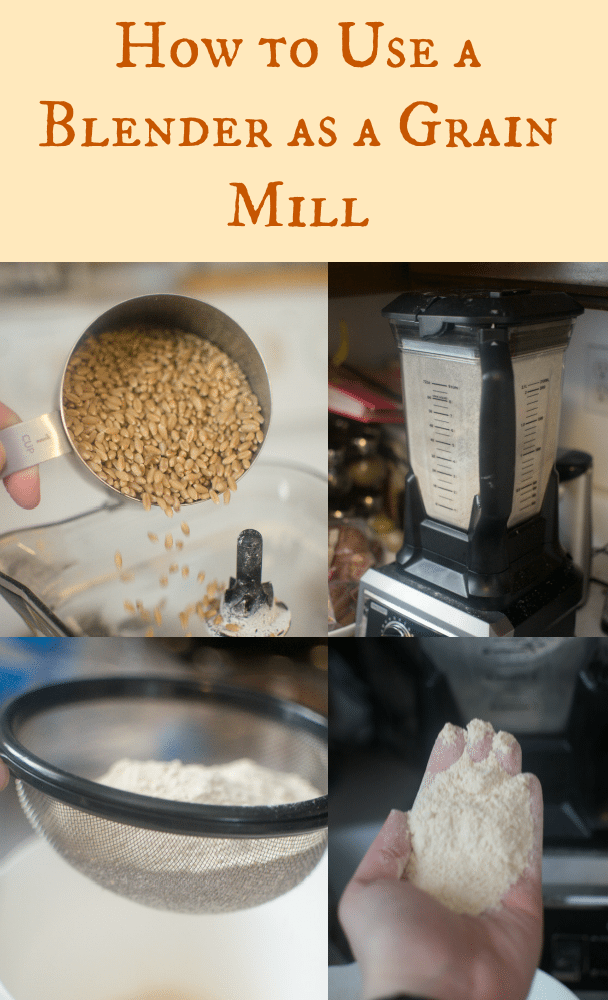
I love kitchen appliances and tools. My wish list on Amazon is ever-growing with new items that I hope to one day own. Unfortunately, we don’t have a lot of space. So…we don’t get a lot of those tools.
So when I come across an appliance that can replace a bunch of other appliances…well, I’m rather excited. That’s why I love high-powered blenders, because there are so many possibilities.
Today I’m going to focus on using a blender as a grain mill.
Table of contents
originally written in 2014. Updated in 2020.

As you may (or may not) have noticed, we’ve been trying to make some changes to our eating habits and lifestyle.
One of those habits is eating more whole grains, and attempting to grow and use natural yeast in our baking.
Never heard of natural yeast? Neither had I, until I was helping Melissa (aka, the Bread Geek) with her website. Basically, it’s one of the neatest things I’ve ever heard of. I’ll talk more about my journey with that another day, but if I’ve spiked your curiosity, be sure to go buy her book/cookbook, The Art of Baking with Natural Yeast. But more on that later.
Since I want to use more whole grains and wheat in our diet, I decided to go all out and start grinding our own wheat.
The only problem is, we don’t own a grain mill, and it’s definitely not in our budget right now. I was kind of bummed for a while, thinking I couldn’t grind wheat without a grain mill, so, when I discovered that I could use my blender (which was the Ninja Ultima at the time) as a grain mill, I was thrilled.
My first experiment was with buckwheat flour in these strawberry banana buckwheat muffins, and it turned out great. I decided to try out wheat the other day, and it worked really well.
Side note:I had the hardest time finding the right wheat berries. I went to a local health food store, and they had all these strange kinds…but not the kind I read was most common to buy. I finally found some at the Bosch store, and bought a 50-pound bag. It ended up being about 50 cents a pound, which was awesome compared to the other prices! I used soft white wheat berries.
Before I started using the Ultima as a grain mill, I read up a little bit about using a blender as opposed to an actual grain mill.
Most people seemed to think it was a good idea, as long as it didn’t overheat (since that would kind of ruin a lot of the nutritional value that comes with grinding your grains.)
I would imagine that a less powerful blender might overheat easily, but I had no problems with the Ultima — no signs of overheating at all. With that said, just monitor your blender carefully as you do this.
We now have a Blendtec, which shouldn’t have issues handling wheat berries, either.
It’s pretty easy to do, and you can have your grains ground into flour in just a few minutes. This tutorial is pretty simple!
How to Grind Wheat Berries with a Blender
Measure out one to two cups of wheat berries. Don’t use much more than that, as your blender probably won’t be able to handle it.
Pour the grain into the blender.
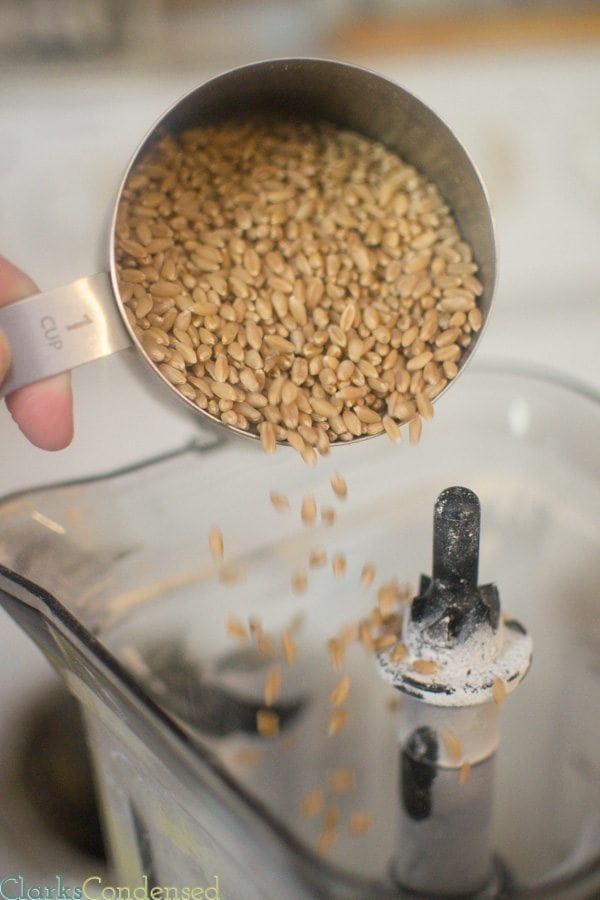
Securely fasten the lid to the blender (no one wants flour spewing out of it!)
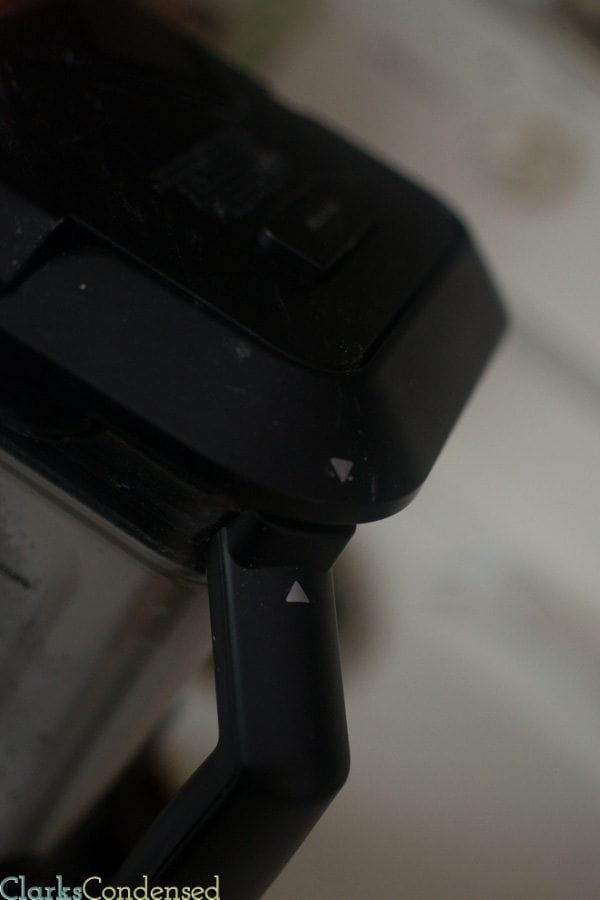
Turn blender to the highest setting (on the Ultima it is 10) and then press the switch to start (the Ultima just has start and pulse.)
Let it go for about 2 minutes (more or less. With the buckwheat, it was done in about 20 seconds. The wheat took quite a bit longer.)
If it seems like it’s struggling at all, make sure you stop it immediately.
Remove lid and check to see if a fine powder exists. If it does…success! If not, grind some more, in 30-second increments.
After you’ve determined that the grain has successfully been ground, take out a bowl, and place a sifter or a strainer (with teeny, tiny wholes) over it. Pour flour into the sifter, and gently sift flour through.
Remove any pieces of the wheat berries that remain in the sifter, and then pour the wheat through again, into another more, one or two more times. Enjoy!
What blender should you use?
I would make sure you are using a high-powered blender, such as:
Obviously, these are an investment. Would I recommend buying a high-powered blender just to grind wheat? No. In that situation, I would recommend buying an actual grain mill (such as one of the Nutrimill grinders).
But if you feel you need one otherwise, this is a great feature you can use!
What kind of wheat berries should I use?
Most kinds should work just fine – it just depends on what kind of flour you’d like.
I am actually now a big fan of Kamut wheat, so I’ve been buying Kamut wheat berries. You could also consider:
- Hard white wheat
- Soft white wheat
- Hard Red Wheat
Where to buy wheat?
When I first wrote this post, I mentioned how I had a really hard time finding the wheat that I wanted – which was super frustrating.
A lot of people like to buy wheat berries from a local mill – so search on Google to see if there’s one near you.
However, beyond that, I would just call around. Sometimes you can find them at Walmart or Sprouts – but it may depend on what you are looking for.
There are a lot of online resources – the shipping can be quite high. For instance, I love Kamut, but the shipping is very high anywhere I look. I have been buying it locally simply because of the savings.
Latter-day Saint Home Storage Centers offer them for a very reasonable price if you have one near you. I don’t believe you have to be a member of the church to buy them, but that is something to look into – you can check for a location here. You can also purchase items online.
How to Store Freshly Ground Flour
Store Properly. The downside to grinding wheat is that it doesn’t last for very long. I’ve been told just to grind as much as I need to retain the most nutritional value. However, that might not always be ideal, so here is the general time frame for storing freshly ground wheat flour:
- At room temperature: Between 2 and 5 days (err on the side of caution with this one)
- Refrigerator: 10 days
- Freezer: Up to 30 days.
source
Hopefully, this will help some of you grind some wheat if you aren’t able to afford a grain mill.

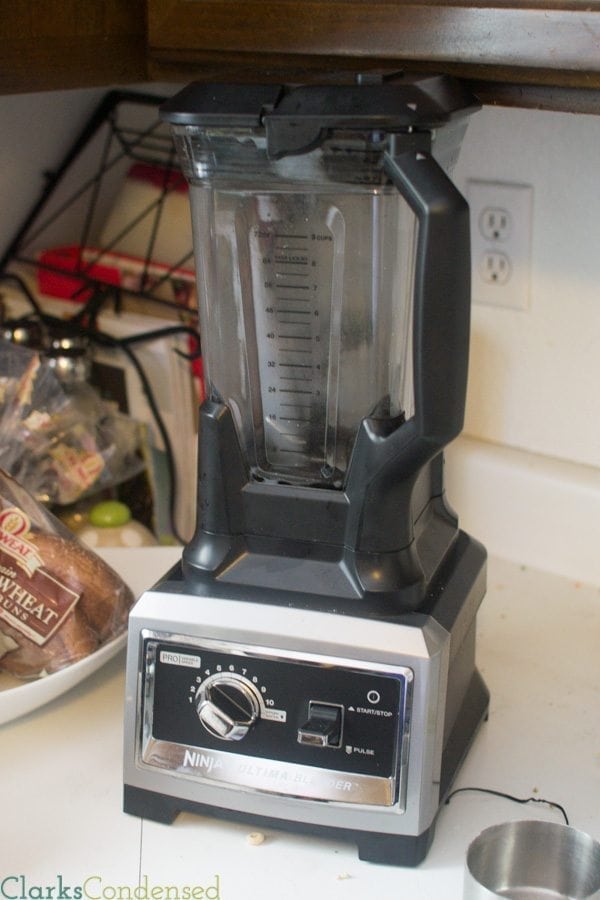
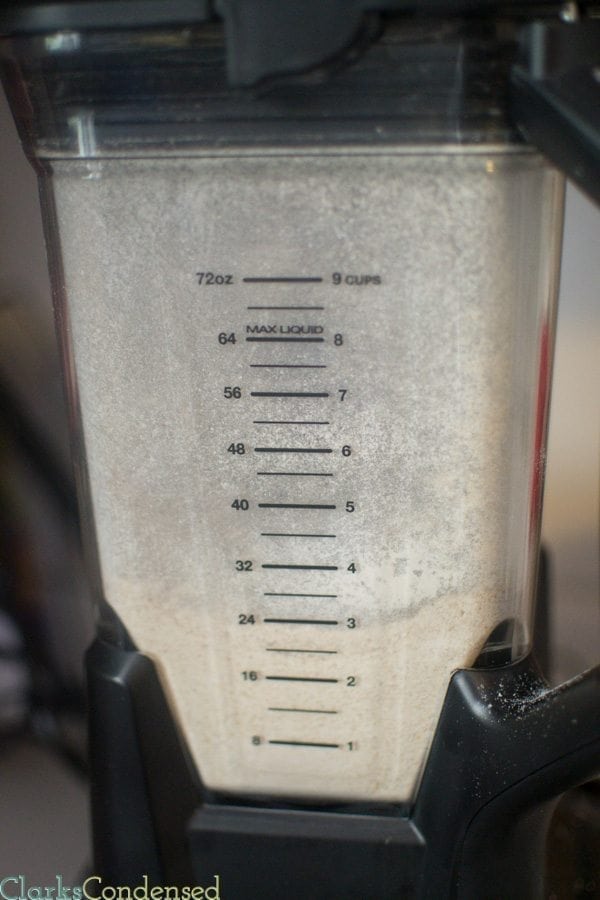
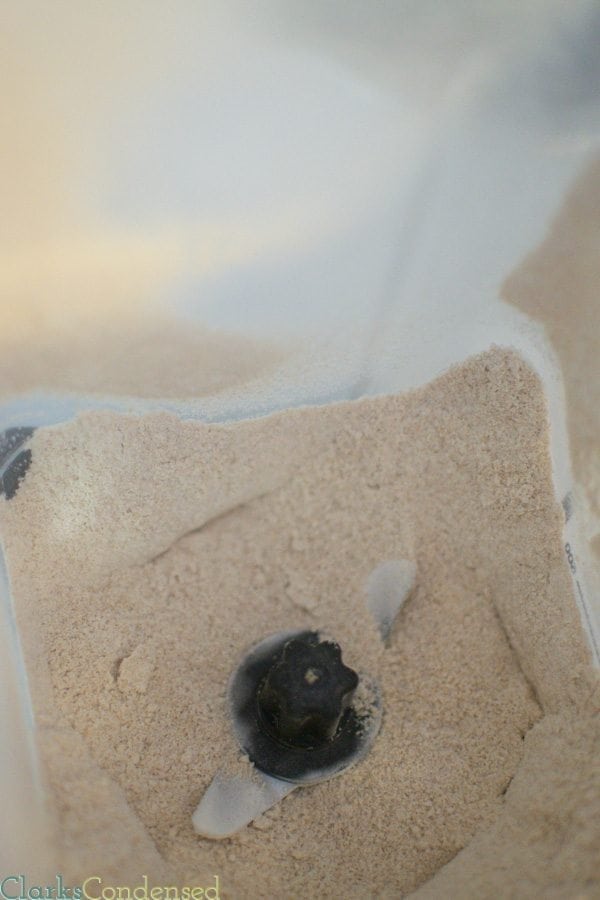
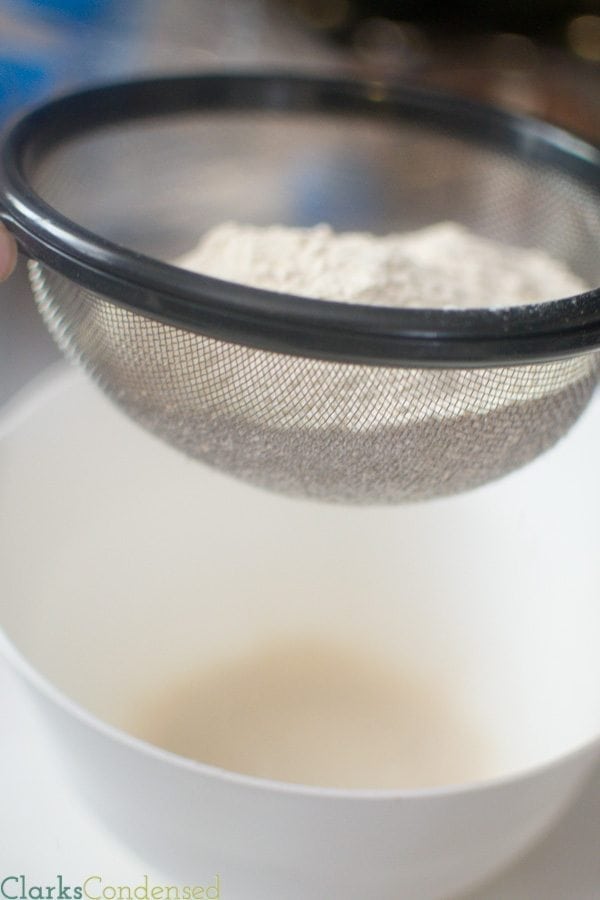
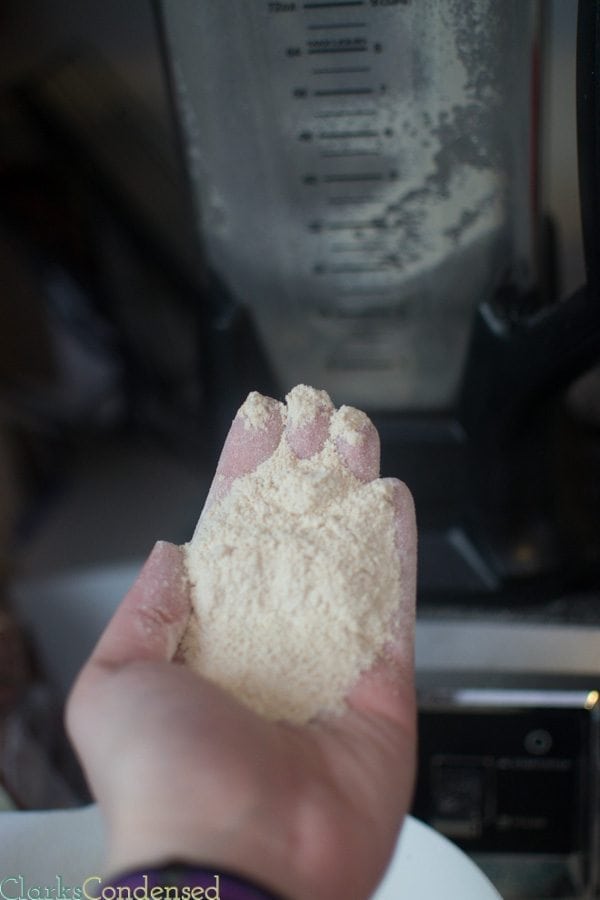
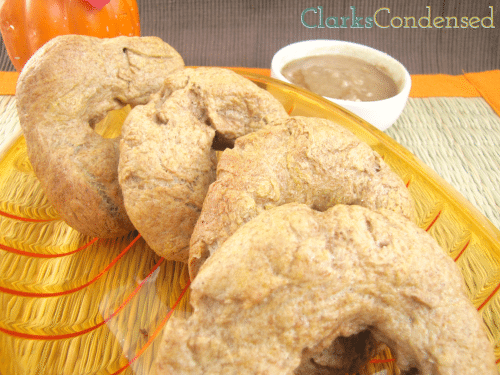


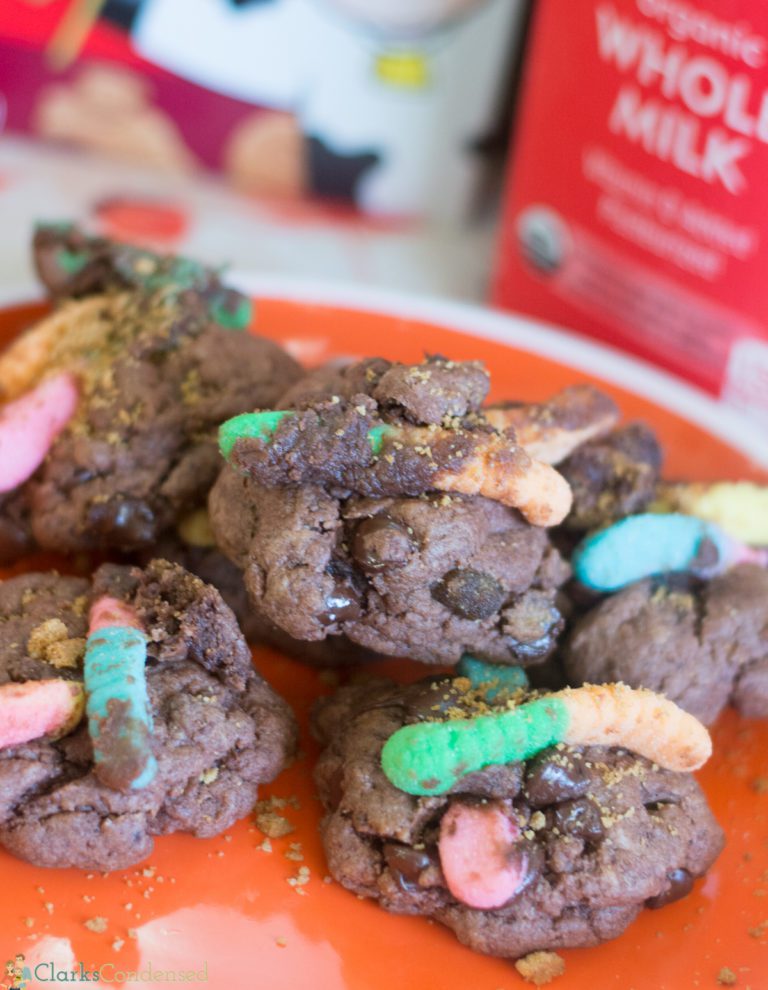

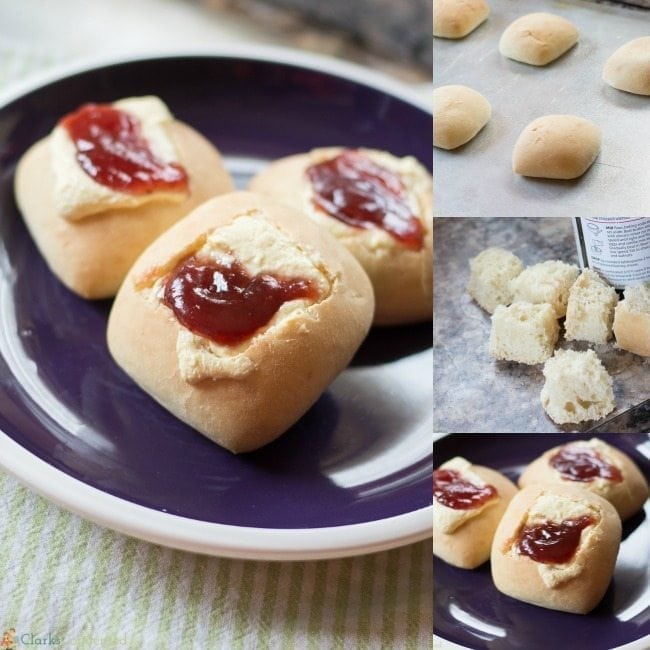
How well would this work for HARD wheat berries?
Thank you.
I’m not 100% sure – I haven’t tried hard wheat berries.
is it also grind the meat too what is the price of this grinder in the market
Would a food processor work as a grain mill?
I would imagine it would, just make sure you monitor the processor, so as it doesn’t get too hot 🙂